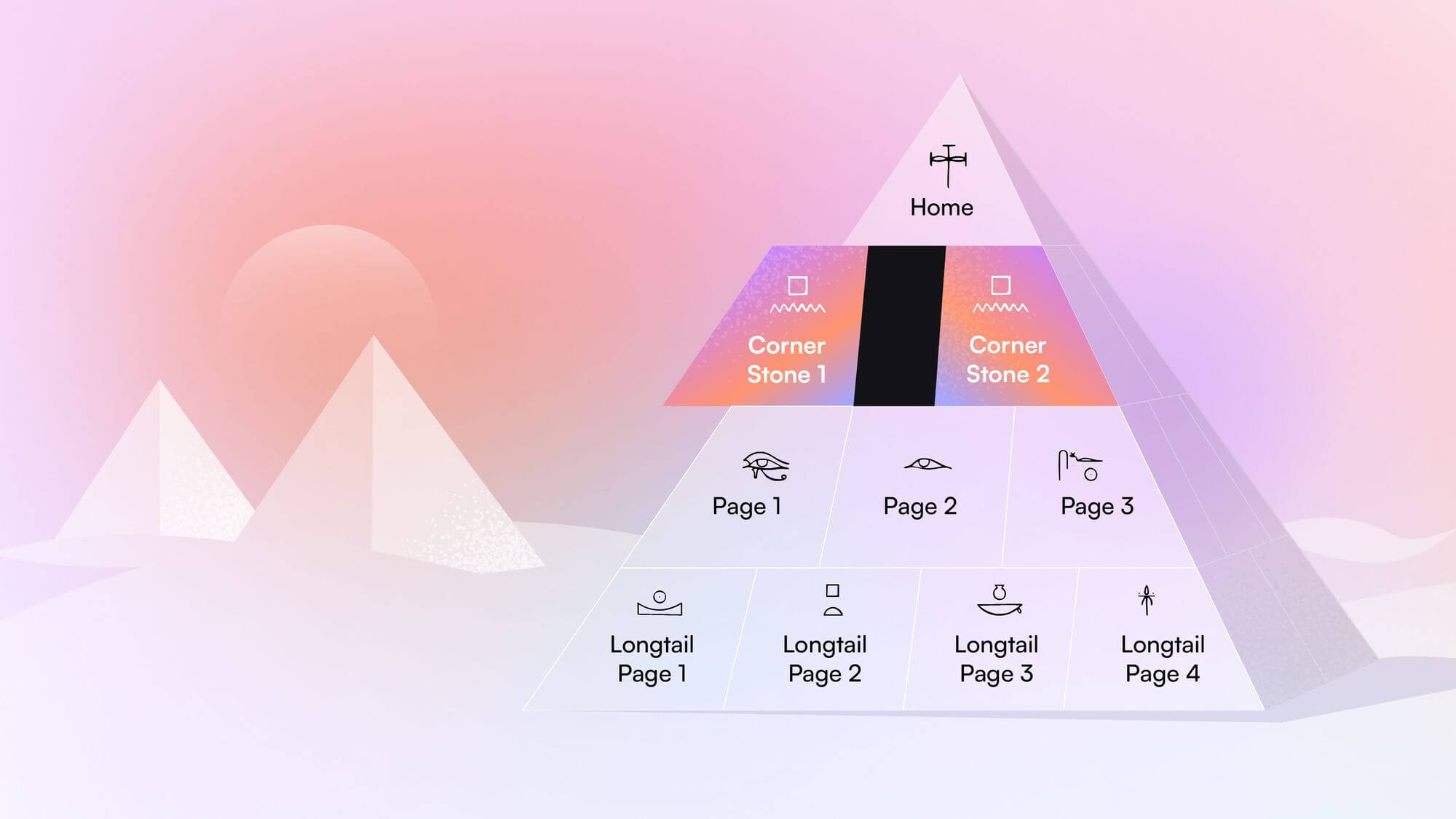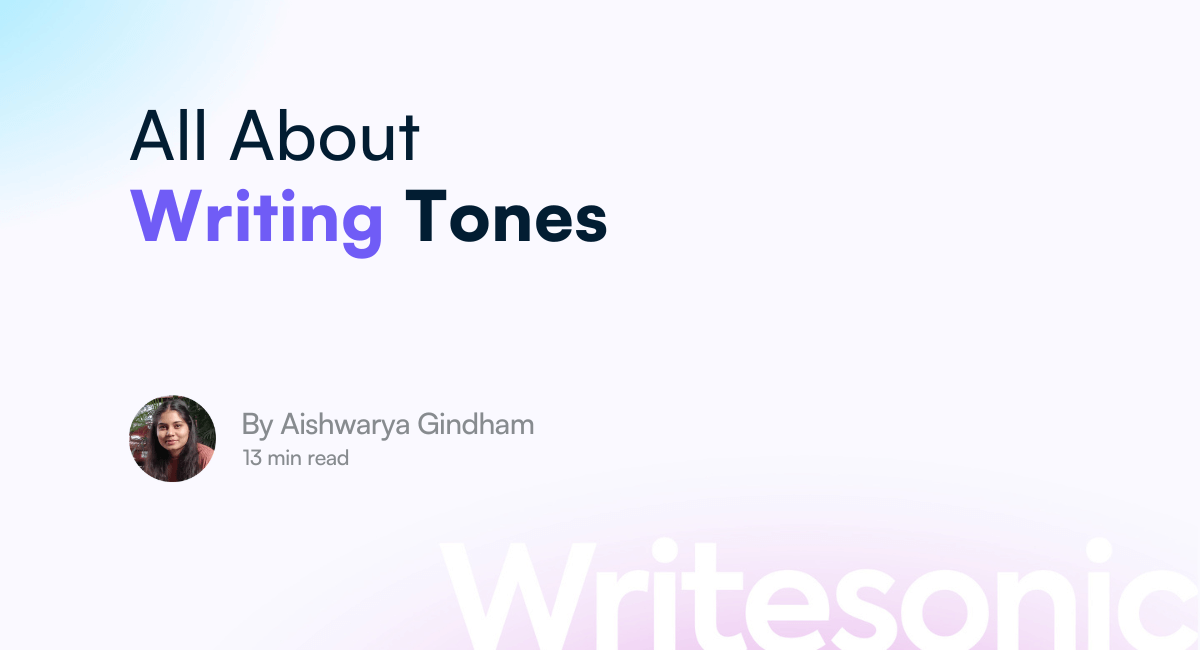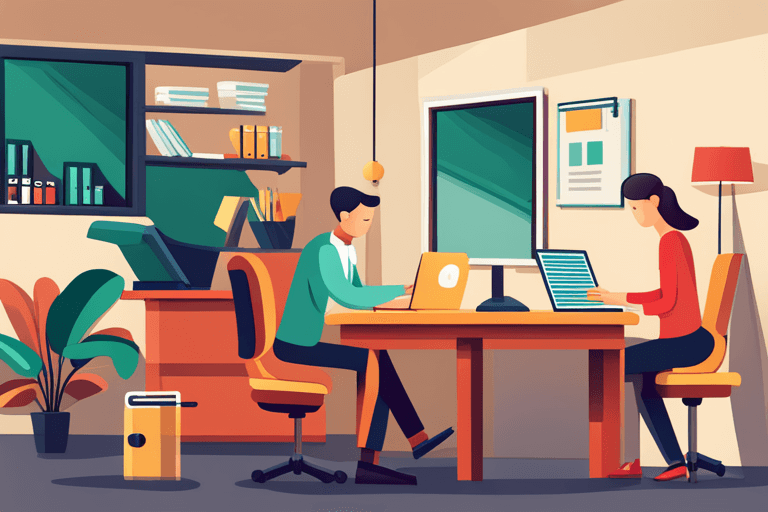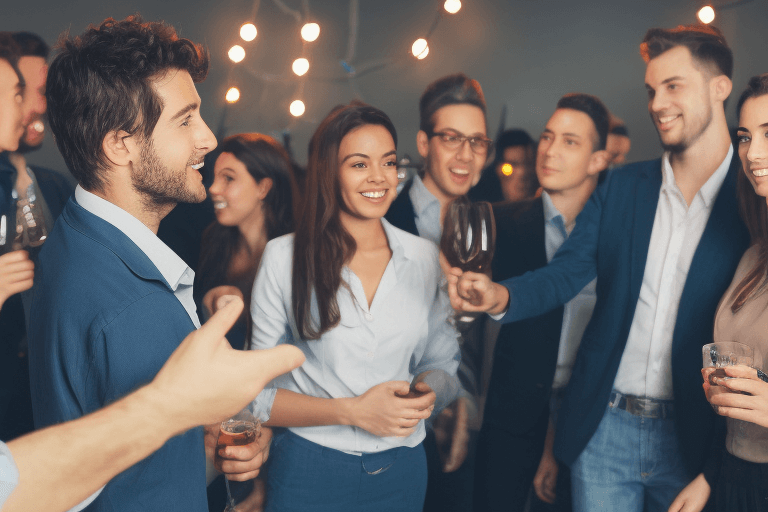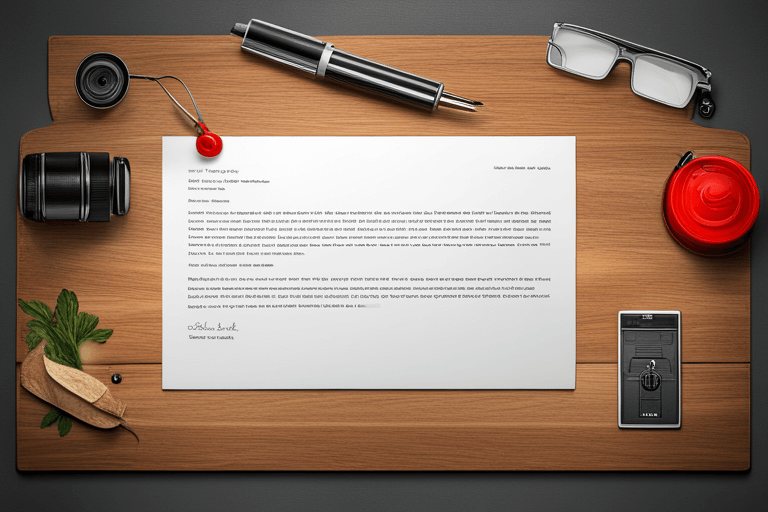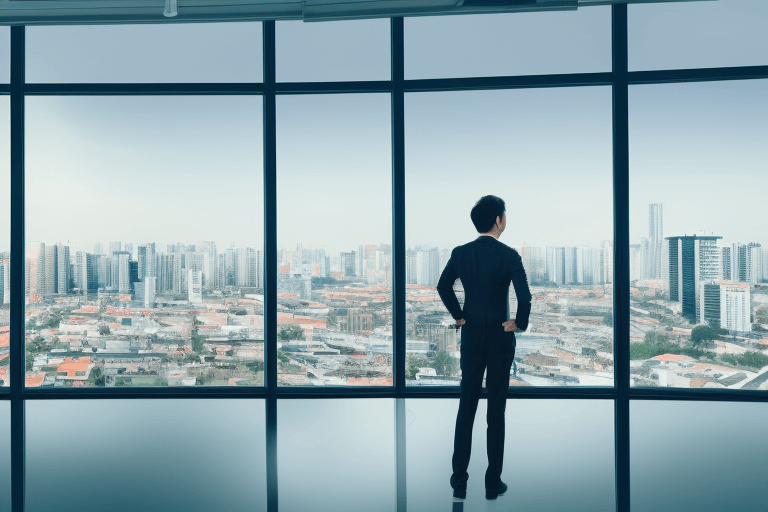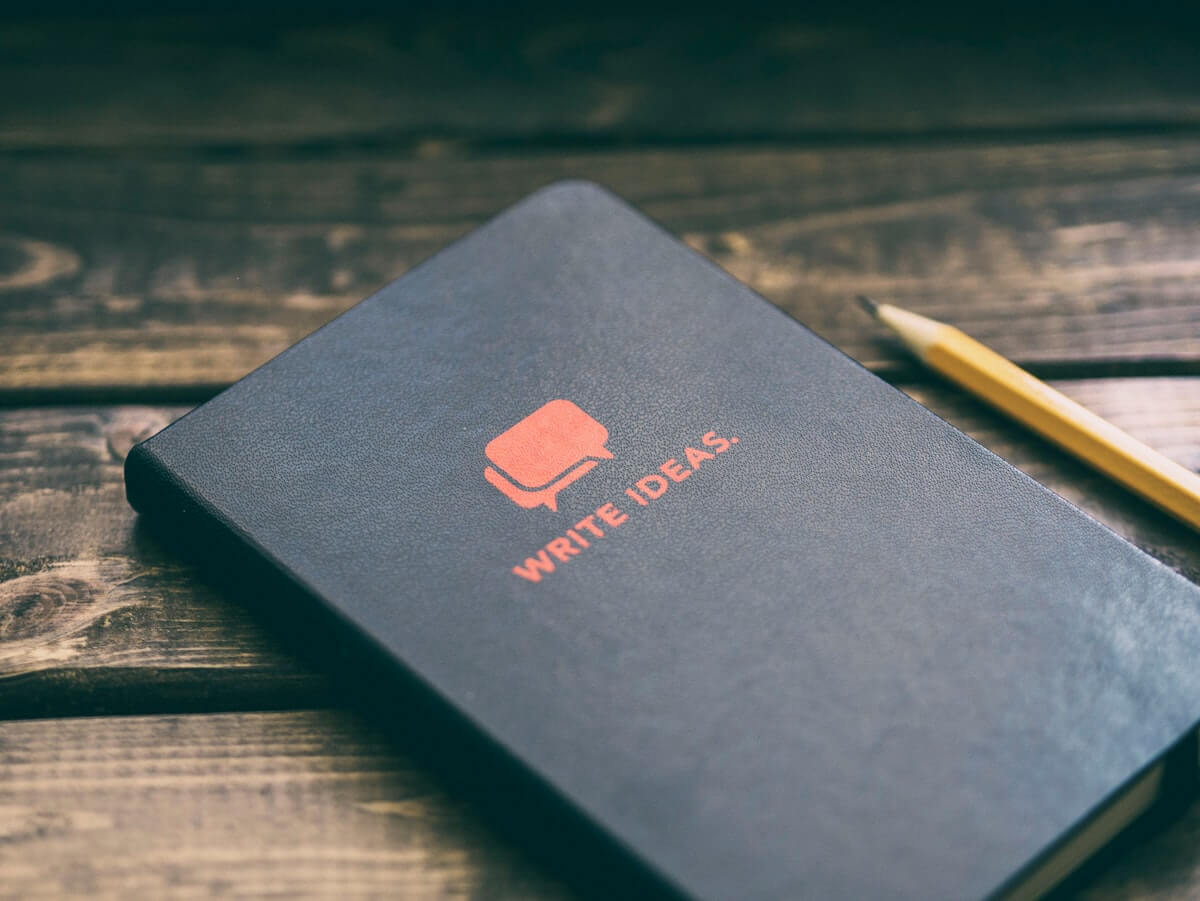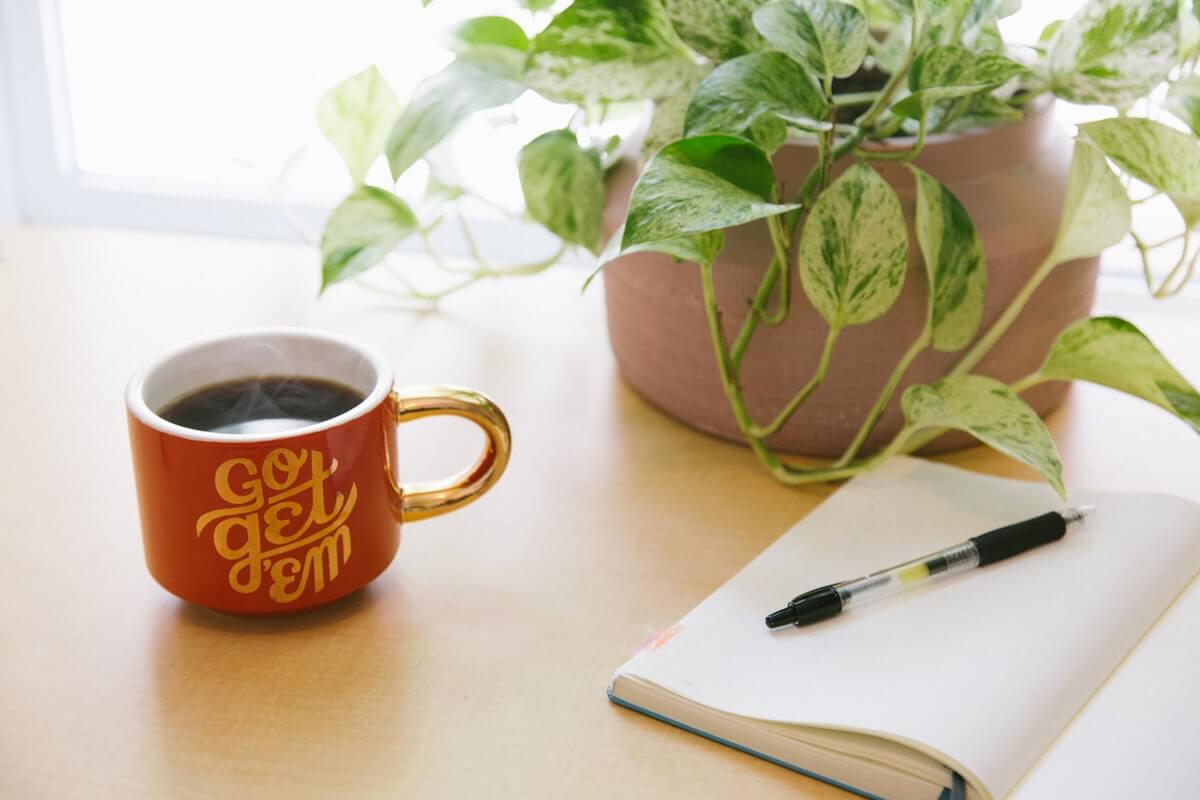How does one make an impression on their target customers in the noisy market environment?
The simplest answer to this question is to gain their attention by making them hear you. But this isn’t simple because, how do you make your customers hear you?
You can do this using a brand voice.
What is Brand Voice?
Brand voice is the distinct personality and communication style that a business uses to interact with its target audience across various mediums.
It’s the unique tone and style that your brand uses to communicate and connect with your target audience. It allows your customers to recognize and relate to your brand among other competitors.
This article aims to define brand voice; we’ll explain why you need it, how to create it manually and with a generative AI tool (Writesonic), and we’ll show you how to use your tone of voice to create consistent content across various mediums.
Let’s get started.
Why Brand Voice?
77% of digital marketers agree that having a brand voice makes a brand easily recognizable. Here are some of the reasons they gave to back this up. Let’s quickly see why brand voice matter.
1. Cuts through the competition
Having a successful brand voice gives you a unique identity in the market and helps your brand to cut through the competition. With this, you’ll establish a distinctive personality that lets your customers easily identify and connect with your brand.
A unique brand voice makes it easier for your target and current audience to remember and recognize your brand easily.
2. It helps with content consistency
Every content you put out for your audience should improve your connection. And to achieve this, you must maintain a consistent tone throughout your marketing channels.
For instance, if you’ve defined your brand voice as “cheerful and funny, ” you’ll find it easy to make comments, create on-the-spot posts about trends, and make spur-of-the-moment content decisions that align with your brand’s values.
3. It emulates face-to-face communication
Typical face-to-face communication involves nonverbal cues like body language, facial expressions, tone of voice, etc. These traits help foster human connection, build relationships, provide context and help the people involved to better understand the message being communicated.
Thankfully, these features and their benefits are easily replicated in video content, but the only way brands can replicate them in written content is by having a defined brand tone.
With this, you can add emotions to your written content and empathize with your customers. You can crack jokes and, generally, make your customers feel like they’re having a face-to-face connection with your brand.
4. It helps to create a connection
The best way to convince your customers to spread the word about your business is by connecting with them on a deeper level.
It allows you to relate with your target customers in the language that appeals to their needs, values and interests.
For example, if your brand voice is motivational, a customer may patronize you because they value inspiration and appreciate anyone that adds to their motivation. Plus, it is a great way to make your audience feel like you are speaking to them directly.
5. It builds trust
Having unique and innovative products and services and consistently uploading content is not enough to build trust in your community. Add a unique and relatable branding voice to the mix, and you have an audience that’ll go to war for you.
Not only will this make your customers perceive your brand as an expert in your industry, but having a brand voice they love will make them remain loyal customers of your products or services.
How to create a brand voice
Now that we’ve established the need for a compelling brand voice in a company’s overall marketing, we’ll show you how to create one. You can do this in two ways: manually and using an AI. Although each route has advantages and disadvantages, no route is better or more accurate.
How to use AI to create your brand voice?
Before now, brands only had the option of manually creating their brand voice. But, with the advent of AIs like Writesonic, your company can define brand voice automatically for your AI-generated content.
Writesonic has a “Brand Voice” feature to guide you through this process. It works by analyzing your previous content. It’s best for brands that have published some content (blog or on social media).
This process can be done in 5 steps.
Step 1: Log into the Writesonic account. If you haven’t created an account yet, sign up for Writesonic today (it takes just a few minutes!)
Step 2: Go to the left-hand panel, and choose ‘Brand Voice.’
Step 3: Next, click on the “Get Started” option.
Step 4: Once you click, a pop-up, ‘Add brand voice,’ will appear on the screen. From the 3 options, i.e., add a link, add some text, and upload a file, select the one of your choice.
Step 5: Add links, branded text, or upload required files, and hit ‘Analyse.’
Step 6: Name the voice, and click on ‘Create Voice’
Step 7: And ta-da! There you go! Your brand voice gets automatically saved. So, the next time you are writing, you can ensure that your content represents the brand voice.
Brand voice examples and how they are used in the content
Here are some examples of types of brand voices used by popular brands in different industries. These examples were identified using Writesonic’s “Brand Voice” feature.
1. Louis Vuitton
Louis Vuitton’s brand voice is sophisticated and informative. They use a formal tone to communicate authority while maintaining a luxury standard.
Their brand voice demonstrates a high level of understanding and insight into luxury and fashion. They use a language of eloquence and elegance, associating the brand with exclusivity and sophistication.
2. Mac Cosmetics
Mac Cosmetics uses an empowering, inclusive, and socially-responsible tone. It reflects a commitment to diversity. It uses a blend of an authoritative and friendly tone.
Their tone of voice shows confidence in their expertise while evoking a connection by emphasizing their commitment to conscious beauty and positive change.
The brand uses a language that presents itself as a global and social authority in beauty and cosmetics.
3. Adidas
Adidas’ brand voice is motivational and pioneering. It emphasizes the need for innovation and encourages its audience to try and change the status quo. Since they empower athletes of both genders, they use a brand tone that inspires their buyers to move, win and enjoy life.
Their powerful brand voice elicits a sense of energy and action. They appeal to boundary pushers, fashion and quality lovers, and individuals who are adaptive and versatile in the face of change.
4. Samsung
Samsung uses a human-centric and honest brand voice. Their tone of voice in branding is a beautiful blend of optimism and reality, with the sole aim of evoking feelings of possibility, progress, and co-prosperity.
They communicate in a bold, forward and yet playful manner. Their content expresses a commitment to innovation and progressive change.
Looking for more examples? Check out 9 types of brand voices, explore brand voice examples, and see why brand voice matters.
How to create brand voice manually
The AI (Writesonic’s “Brand Voice” feature) steps above were simple and easy to follow. But this only works when you’ve created some content.
In a situation where you want to define the brand voice first before creating content, then you should consider going manual. Thankfully, Writesonic offers a “Chatsonic” feature to guide you through this process. Here’s how you can do this.
Step 1: Log into the Writesonic account. If you haven’t created an account yet, sign up for Writesonic today. Then, go to the dashboard and select ‘Chatsonic.’
Step 2: Chatsonic has a ‘Prompt Library’ where you can find various ready-to-use prompts that can generate amazing responses. Simply go to ‘Prompt Library,’ search for ‘Brand voice,’ and select ‘Discover your brand voice’ prompt.
Have a look at 6 best AI prompt marketplaces that you can explore. Also check out 215+ ChatGPT prompts that you can simply copy and paste to generate amazing results.
Step 3: Fill in all the details like company name, target audience, and more to give the AI chatbot a clear idea of how you want your brand voice to be. Finally, hit send.
Step 4: And there you go! Chatsonic generates a perfect brand voice guide for you.
Notice that it doesn’t create a brand voice for you. Instead, it points out the step-by-step procedure you should follow to create a brand voice.
Next, we’ll explain the above key points as provided by Chatsonic. To further explain these points, we’ll follow these steps to define the brand voice of a fictional brand called GlowyWhite.
1. Define Your Brand Personality
An easy way to define your brand is by seeing your brand as a person and attributing human qualities to it.
Here you should provide answers to questions like: what are the characteristics of my brand? What is her dominant emotional state? What characters of hers would endear her to your target audience?
Attributing human characters to GlowyWhite, we would say that she is a strong, ambitious woman that cares about her looks. Emotionally she’s sympathetic to women that feel low self-esteem for their skin and look. She’s a feminist and anti-racist and always puts her money where her mouth is -especially when supporting courses about women.
2. Know Your Audience
The next step in discovering your brand voice is to define the characteristics of your audience. At this stage, many people make the mistake of defining a general target audience. While this helps broaden their reach and potential revenue, they end up being inconsistent with their brand voice -which may lead to offending an audience section.
Let’s use GlowyWhite as an example. Her target audience is majorly women, but only white or light-skinned women. Perhaps as this fictional brand grows, they’ll add products for black skin, but they’re concentrated on ingredients that better light-skinned women.
Note that this doesn’t make them racist or insensitive to black women, but this makes them more likely to talk more about actinic keratosis than hyperpigmentation. This step can be further divided into two:
● Identify Your Buyer Personas:
In this sub-step, you’ll group your audience into demographics and their marketing journey. This would identify age brackets, race, location, ethnicity, income, occupation, etc., because it paints a vivid picture of your customers and helps you find a common voice that all your buyer personas can relate to.
From GlowyWhite’s audience definition above, we can identify three buyer personas: “Sophisticated Jane”, “Teen Tessy” and “Empowered Clara.” Jane is a successful career woman who enjoys indulging in luxury beauty products. Clara is a socially conscious millennial who prioritizes effective and sustainable beauty products, while Tessy is a shy teen with low self-esteem who wants to better her looks with affordable products.
● Observe Your Audience and Take Note of How They Communicate with One Other.
Aside from helping you connect better with your audience, social media platforms allow you to observe your ideal customers and learn how they communicate closely.
To observe how GlowyWhite’s target audience communicates with each other, we read through beauty hashtags, challenges and the comment sections of established beauty brands. We observed that its audience uses positive, uplifting, and supportive words. Plus, they often share beauty tips and discuss self-care routines.
3. Choose Your Language
Here you’ll select some descriptive words that express your brand’s values. While choosing this, consider the emotions you plan to evoke in your target audience whenever your brand comes to mind.
GlowyWhite, for instance, would choose positive and beauty-inspiring words like “radiant,” “empowering,” “timeless,” and “luxurious”. It aims to sound sophisticated yet approachable, using clear and easy-to-understand terms and avoiding jargon.
At this point, you must choose the personality examples that suit your brand. These types of brand voice include sounding formal or casual, funny or serious, enthusiastic or matter-of-fact, respectful or irreverent.
4. Create a Brand Voice Chart
This chart outlines the key aspects of your brand voice. This could be a visual representation of all the points explained above. It should also be how you want your brand to sound and how you don’t want it to sound. This will serve as a style guide for your content team and ensure brand voice consistency.
| GlowWhite Brand Voice Chart |
| Brand’s personality examples | Strong, ambitious, beauty-focused, sympathetic and supportive. |
| Our Audience | White or light skin women |
| Buyer Persona | Sophisticated Jane”, “Teen Tessy”, and “Empowered Clara. |
| How Our Audience Communicates | Our audiences use positive, uplifting, and supportive words. |
| Our Language. | We use words like “radiant,” “empowering,” “timeless,” and “luxurious”. Adopts language that’s sophisticated yet approachable by using clear and easy-to-understand terms. |
5. Train Your Team
Train your team to follow your defined brand voice chart created in the above point. Organize periodic training sessions for new and old team members to maintain consistency across all platforms.
6. Consistently Apply Your Brand Voice
You need to use it consistently across all platforms to reap its benefits. By doing this, you reinforce your brand identity making it recognizable and trustworthy.
Learn how to create a brand identity from scratch to connect with your target audience.
7. Review and Refine
The only way to know if you’ve chosen the best brand voice is by reviewing and refining it. To know if your chosen brand voice resonates with your audience, you need to conduct periodic reviews asking your audience what they like and dislike about your brand voice.
Using Writesonic To Create Articles Consistent With Your Brand Voice
Writesonic provides three features to help you consistently create content in your brand voice. You can use its “Brand Voice” feature in its AI Article Writer 5.0 to create articles with a tone of voice that is consistent with your brand’s voice. Here’s how you can do this:
Step 1: Log into your Writesonic account and head on to the dashboard. Then, select AI Article Writer 5.0.
Step 2: You’ll be redirected to the AI Article Writer 5.0 page, where you need to add the article topic, or if you already have any reference links or files you can add them.
Step 3: Add the topic and hit ‘Search Articles.’ The Article Writer 5.0 will come up with a few articles related to the topic. Select the articles you feel are quite relevant to what you want to generate. (P.S. Article Writer won’t copy text from them, it’s just to give the tool an idea regarding what you’re looking for)
Step 4: Finally, hit ‘Next.’ This will redirect you to next section, where you need to fill in additional information and keywords and choose brand voice, quality type, and language. Once you fill in all the details, hit ‘Generate Article.’
Step 5: Once you hit ‘Generate Article,’ a pop-up will appear regarding the final word check. After you check, click ‘Confirm.’
Step 6: And voila! There you go! Article Writer 5.0 generates a high-quality article as per your brand voice in seconds. Go through it and if you feel any edits are required, Sonic editor is there for you!
Learn more about how to create factual and personalized content using AI Article Writer 5.0.
Notice that the generated article is consistent with the brand tone, style, and personality defined in the Brand Voice feature.
💡
Learn how to write a blog with practical tips using the Brand Voice feature and Writesonic’s Article Writer.
You can also use this feature when using Chatsonic and Botsonic. You can give Chatsonic a background of your brand voice and ask it to provide an answer to your prompt (answer) in your brand voice. Not only this, but you can also use this feature in Botsonic to create content that is consistent with your brand voice.
Final Words
Using a strong brand voice can bring about a turnaround in your business. First, it sets you apart from competitors and fosters consistency. Then, it helps you to establish a strong emotional connection with your audience.You can create your brand voice creation automatically, using the Writesonic Brand voice feature or manually using Chatsonic.

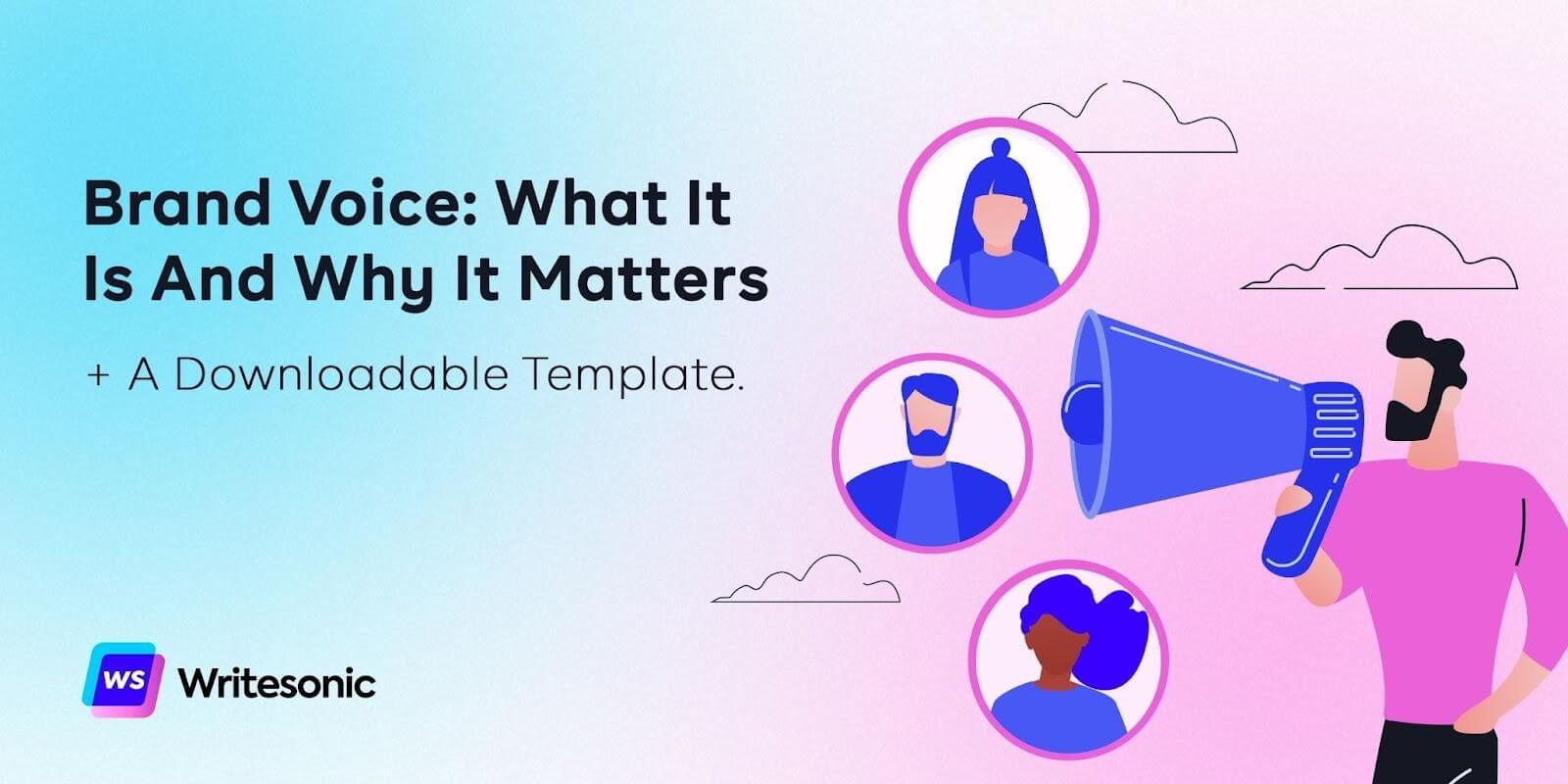













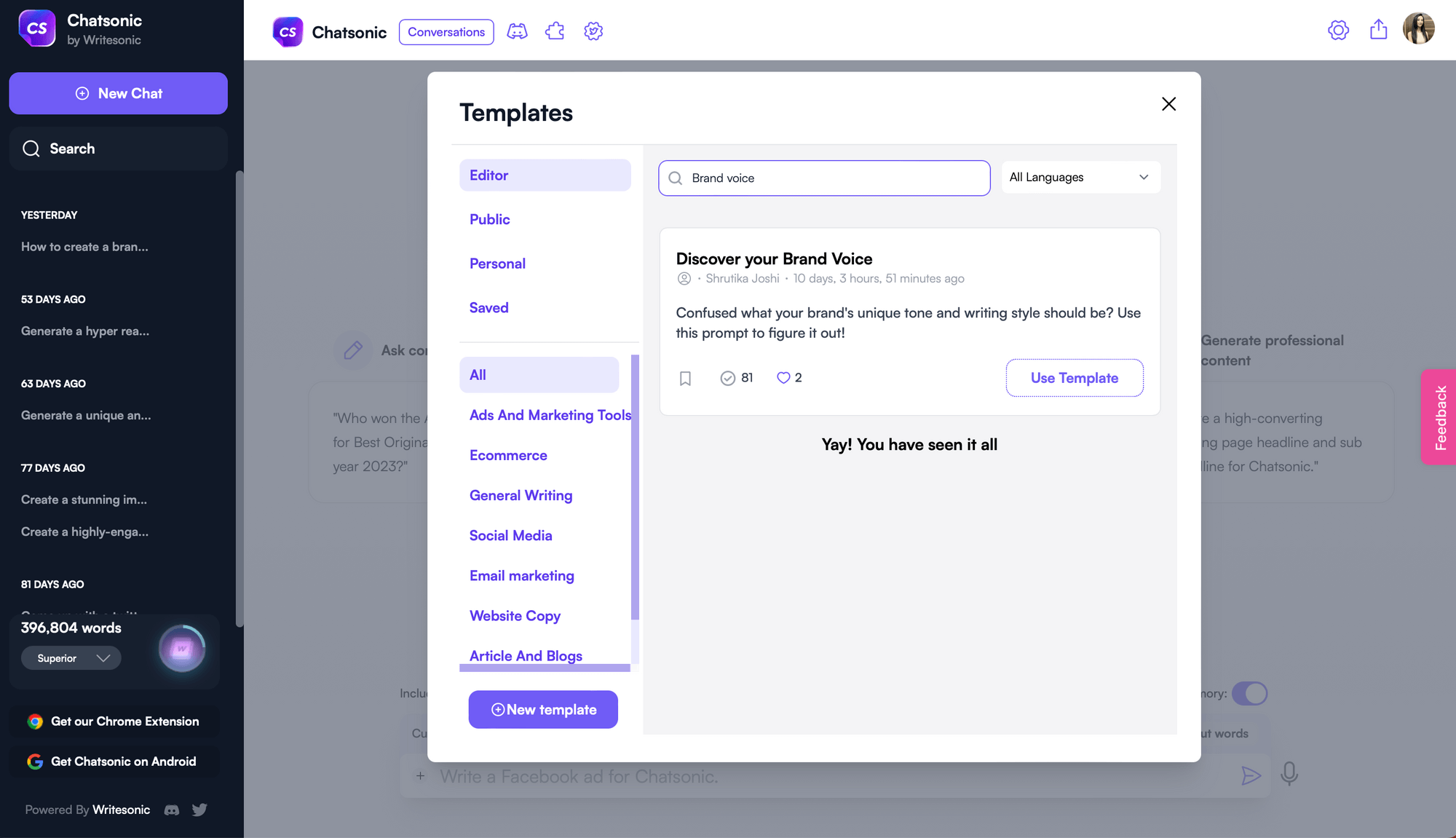
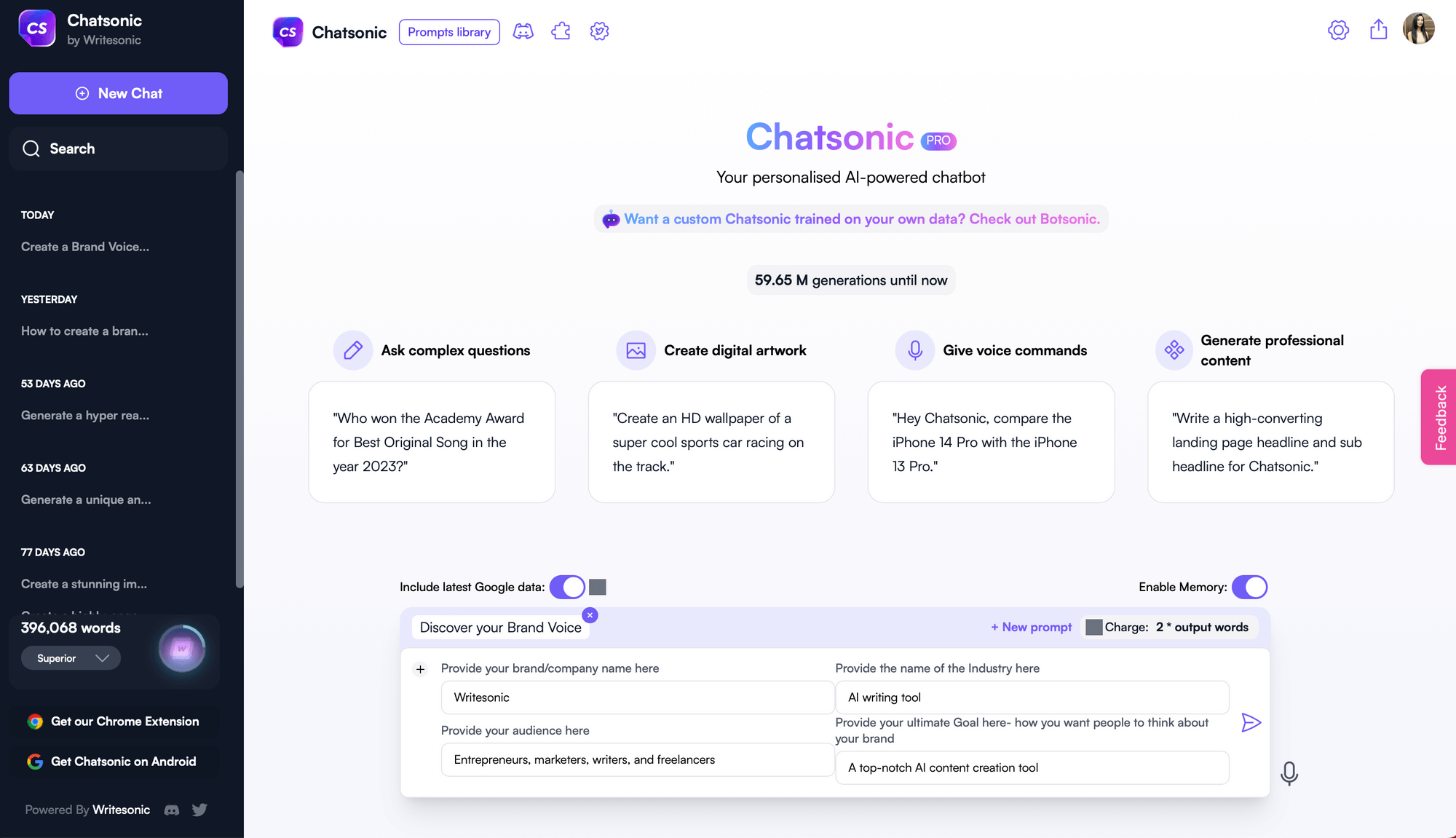

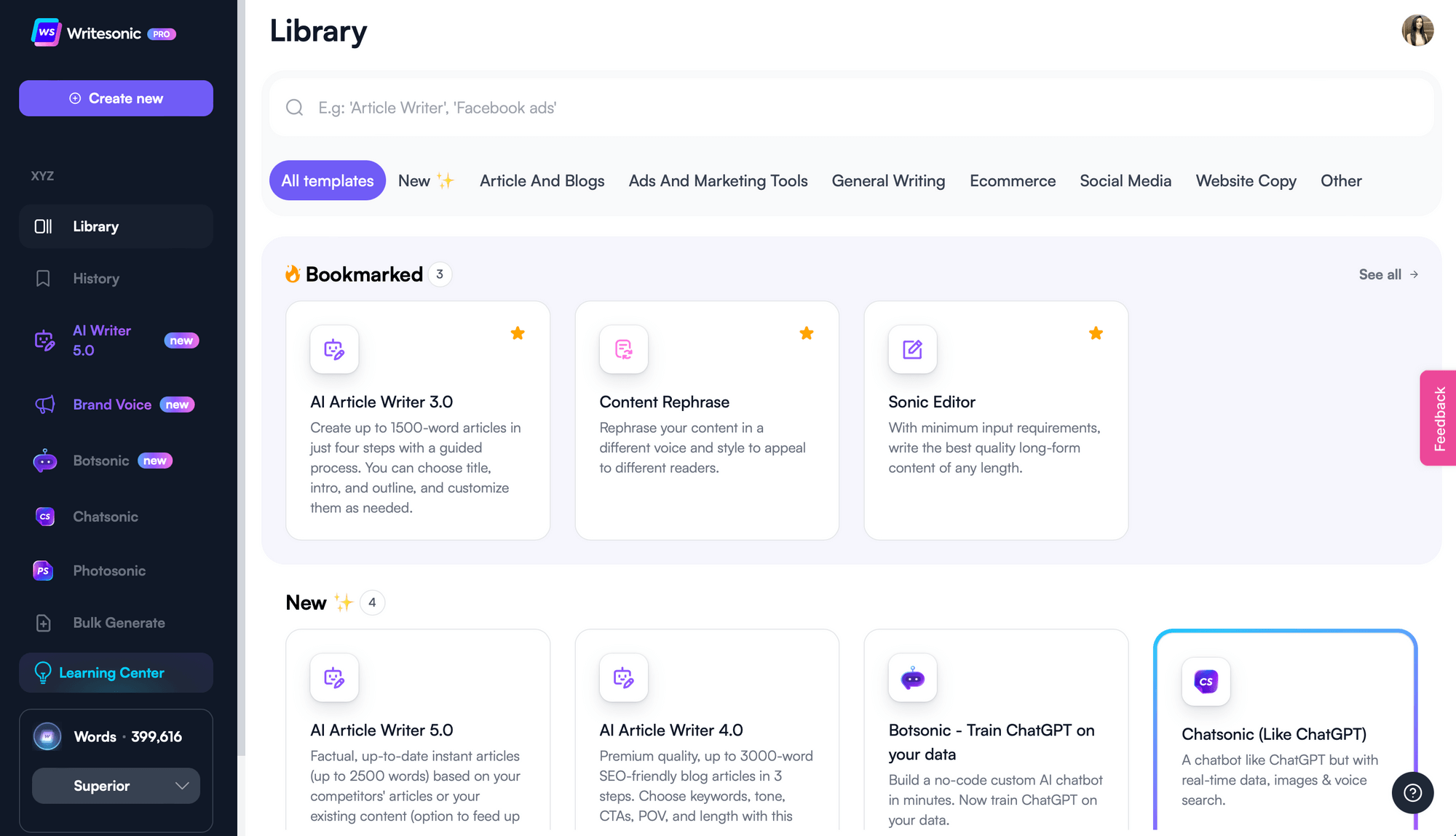

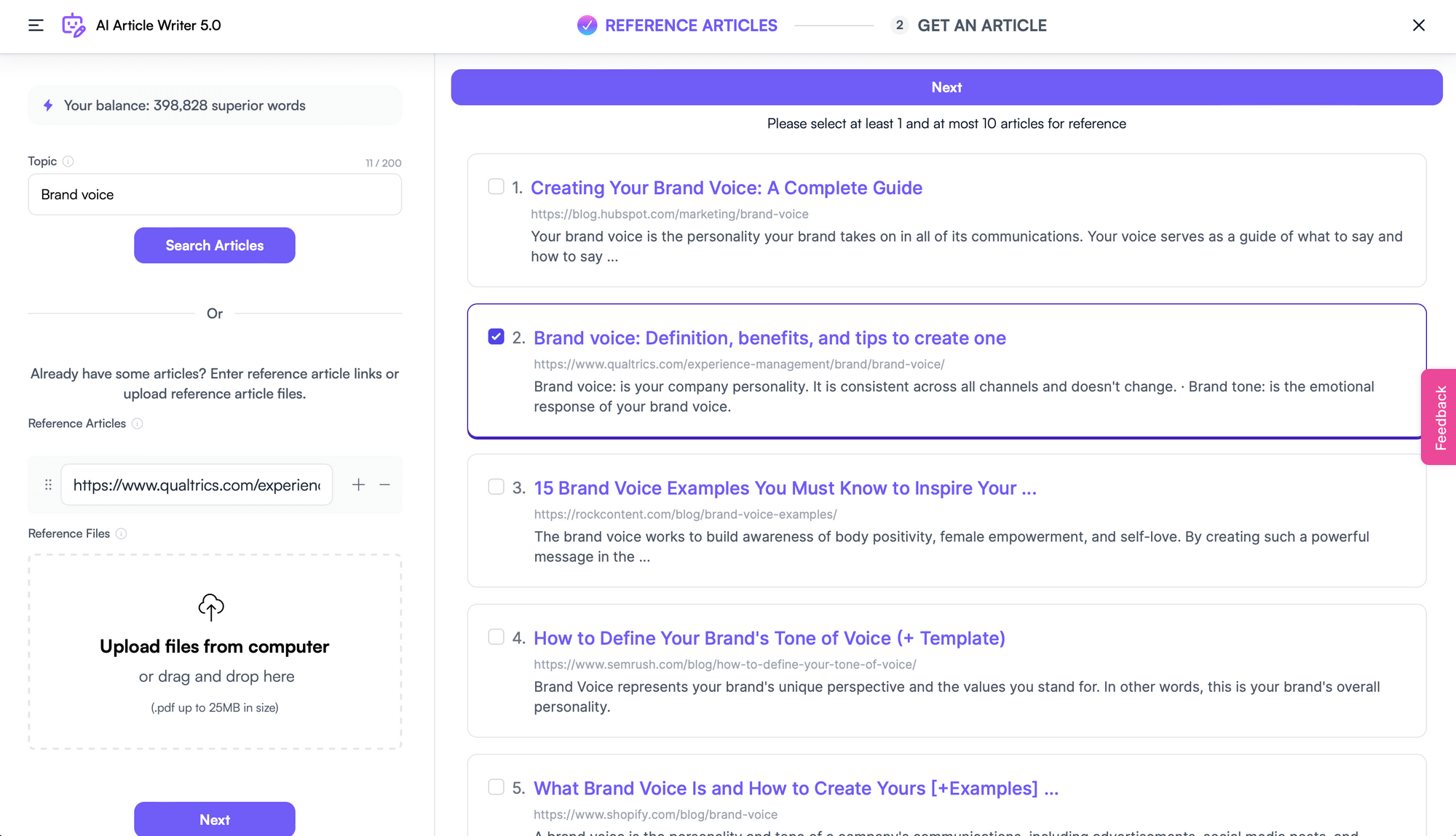
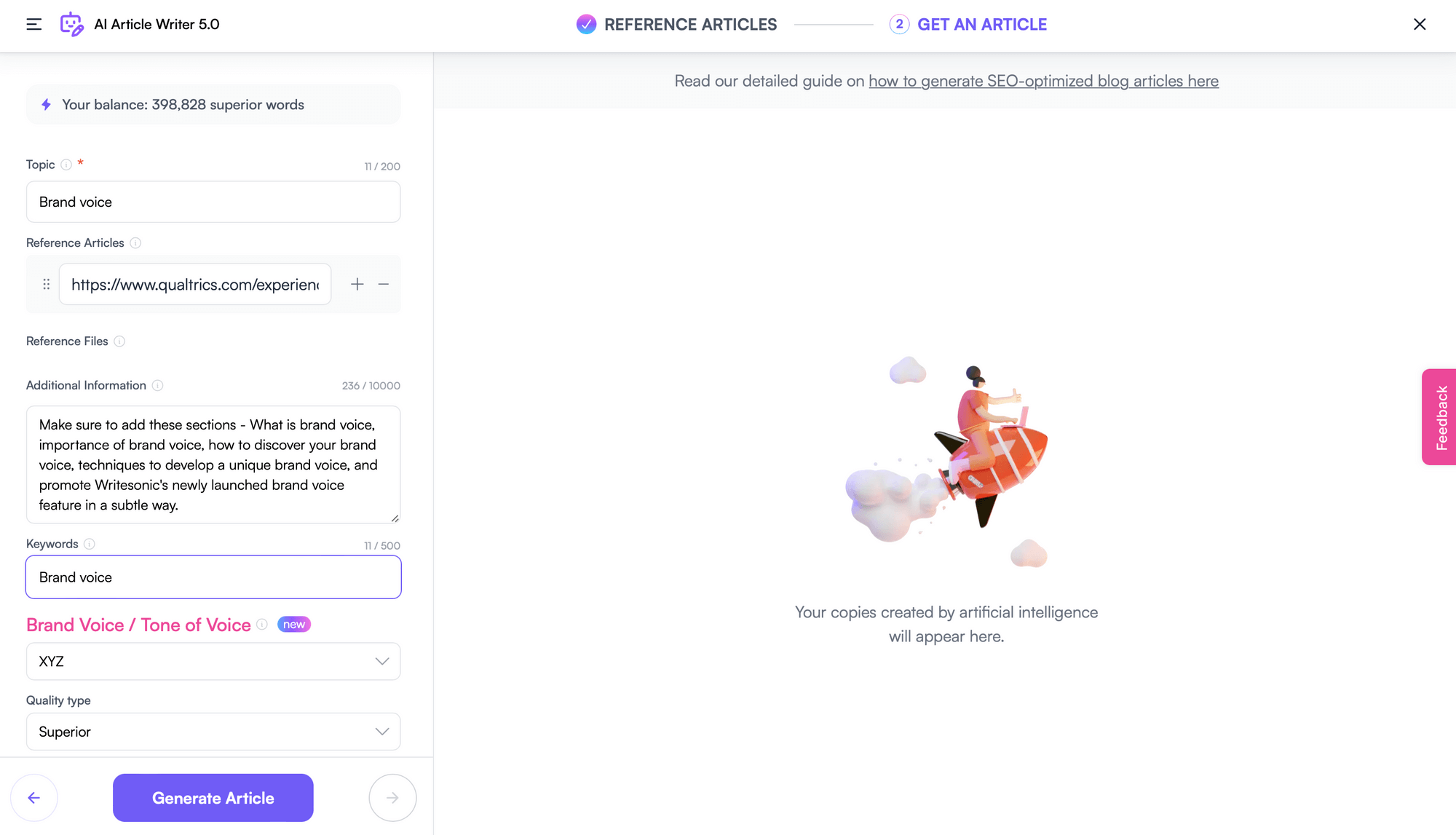

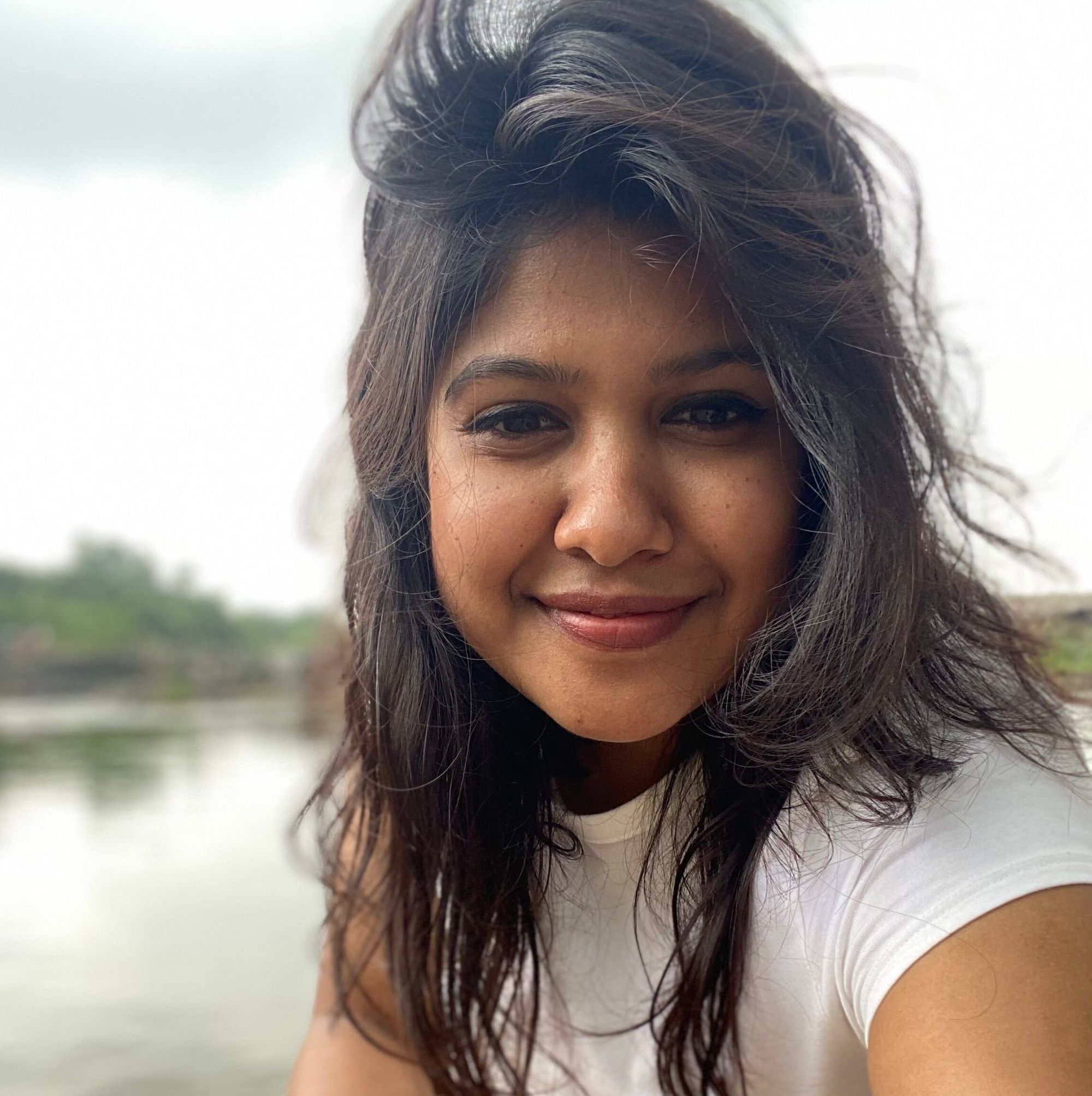






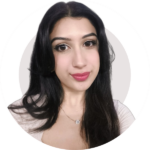

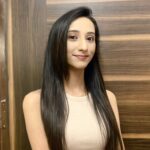

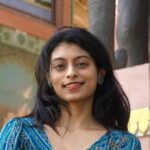

![The 11 Best AI Writing Tools to Try in 2025 [Tried & Tested]](/wp-content/uploads/AI-Writing-tools-For-Business.jpg)


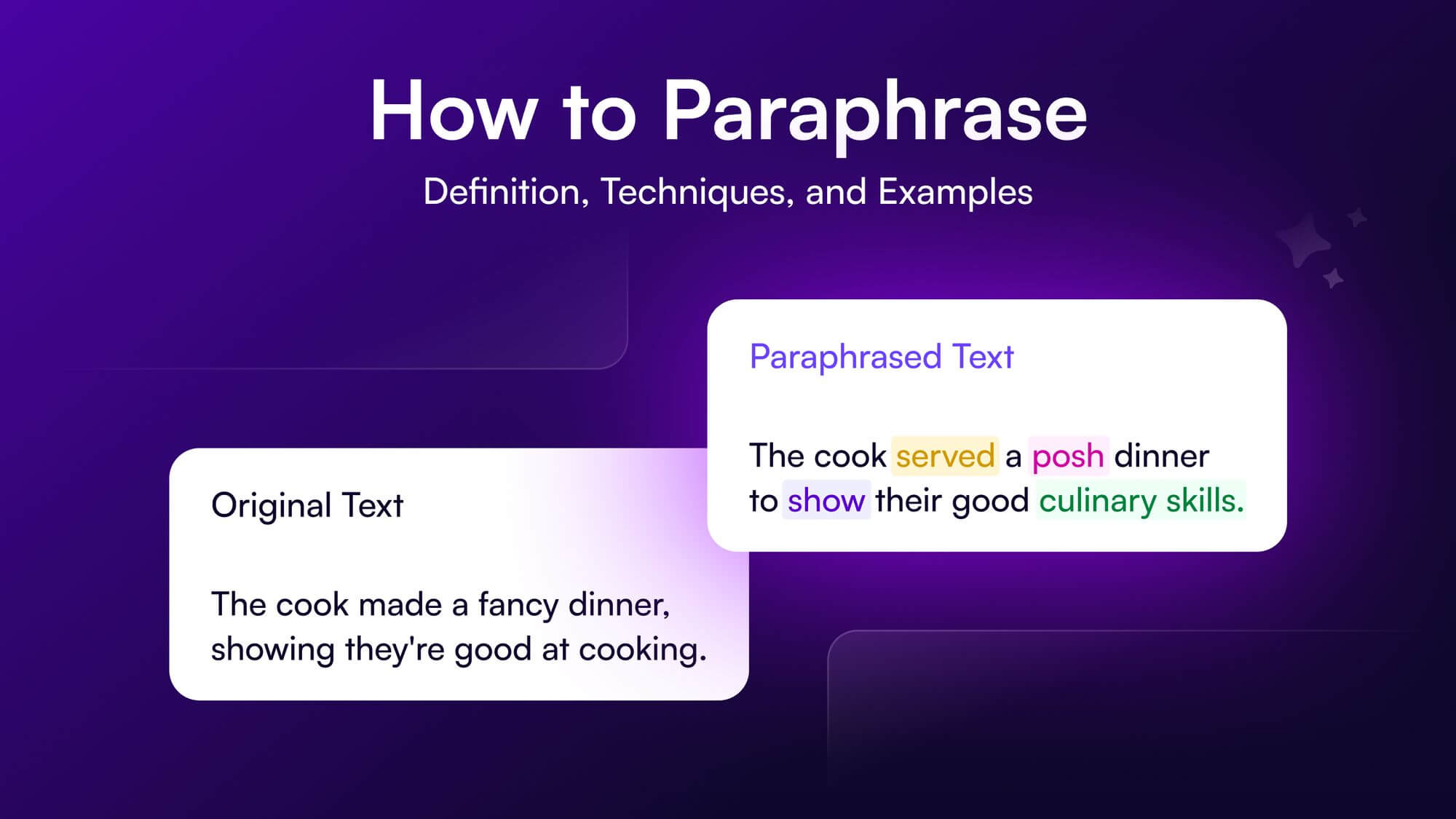
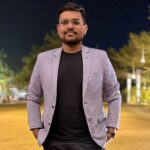
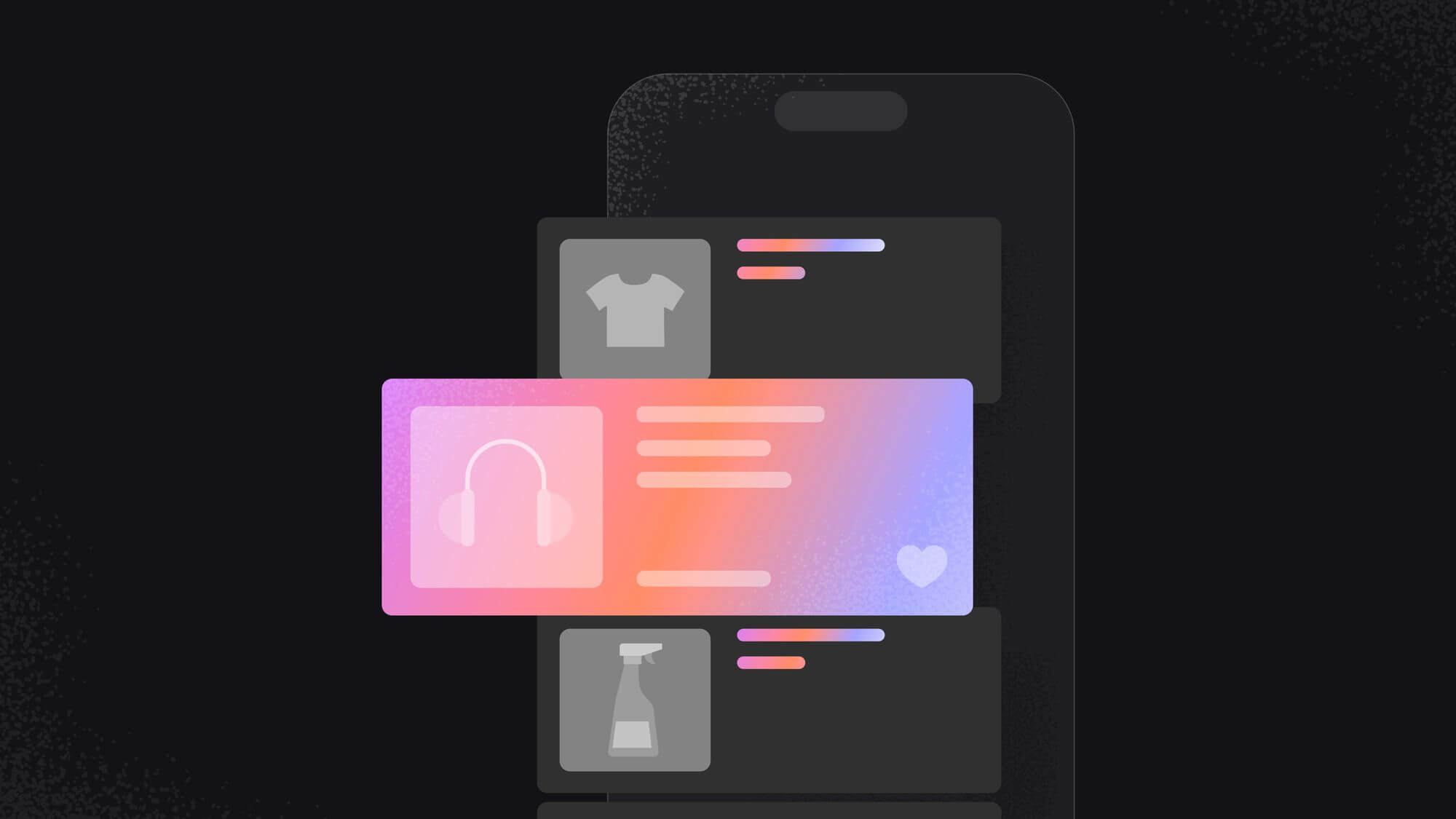
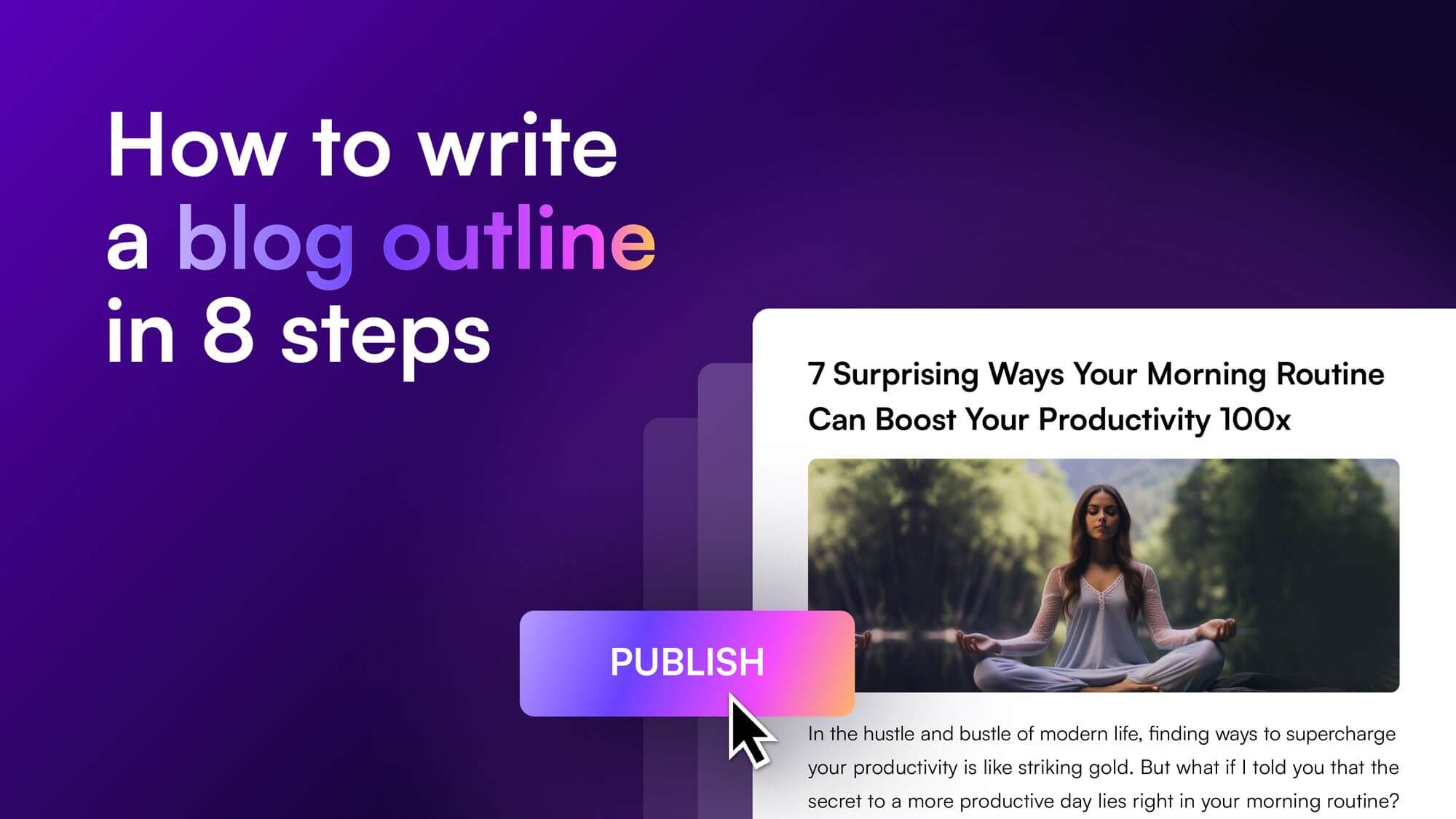

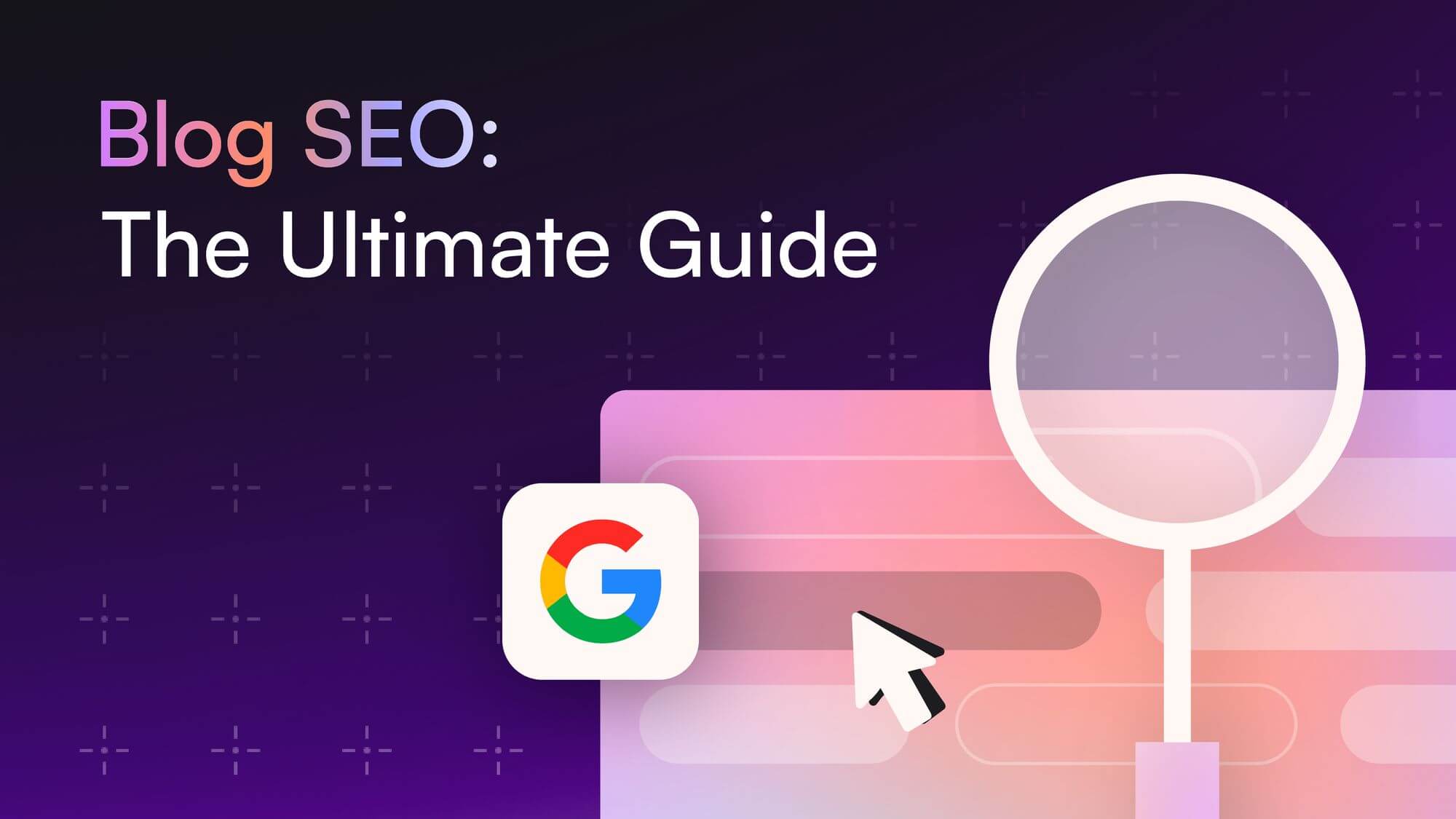

![How to Write a Blog in 2025: A Step-by-Step Guide [+Free Checklist]](/wp-content/uploads/How-to-write-a-blog-Thumbnail.jpg)

